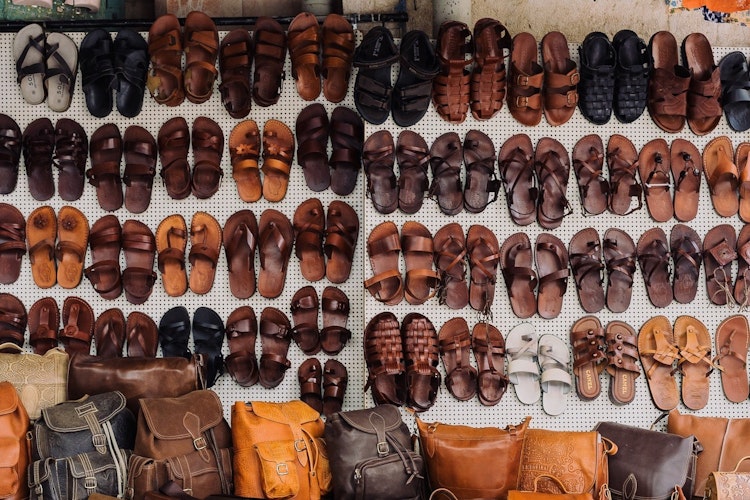Is the co-working movement the high-tech remake of the medieval craft guild?
From professional clusters to shared ideas and attitudes, does the new generation of coworking spaces remind you of something?
The coworking industry is becoming increasingly crowded with new concepts emerging more rapidly than ever. In order to stand out and be successful, coworking spaces have to develop a niche in the market. Many are doing this by targeting specific professional skills and specialist areas. This trend signals a return to the idea of medieval craft and merchant guilds that developed and occupied the first commercial buildings in many European cities centuries ago.
This new era of the ‘guild workplace’ was predicted 12 years go by WORKTECH Academy founders Jeremy Myerson and Philip Ross in their co-authored book, Space to Work. They described a new type of work setting that facilitates collaboration and knowledge building between peers, and they defined guilds as ‘venues that are characterised by a low corporate presence and a high degree of professional mobility’.
Cluster idea that has evolved
Offices used to physically cluster together people with a diverse range of professional skills, according to the organisation that employed them. Today there is a clear paradigm shift to people being clustered according to professional skill, with emphasis on peer group interaction within a knowledge-based economy.
The most important part of the guild workplace model is the proximity in which people work with others who share similar attitudes and ideas. In 2006, when Space to Work was published, Myerson and Ross noted no fewer than 25 new guilds that had been created in the UK alone in recent decades. Throughout this past decade, the idea of working in guilds has evolved into specialist coworking spaces.
Sharing values and goals
The emergence of professional clustering has seen coworking spaces develop into exclusive membership spaces for those working in specialist areas. Plexal, a coworking space attached to the Queen Elizabeth Olympic Park in East London, only considers potential members who have a background in technology, for example. The space is tailored to accelerate serendipitous collaborations and inspire innovation in the technology field.
Similarly, Rocketspace strategically located itself in the heart of the Royal Bank of Scotland’s London headquarters and invited fintech start-ups to work in its space. This model of coworking allows start-ups and corporates to rub shoulders in an environment where people share similar values and goals.
Professional clusters are expanding beyond a focus on specific skills and disciplines. An emergence of female-only coworking spaces has signified a shift towards gender-clustered spaces, where professional women gather to share ideas and collaborate in a space where they feel empowered.
‘Designed to create a sense of belonging…’
This new generation of workspace is designed to create a sense of belonging in a professional field, and focuses on inspiring innovation and collaboration. It begs the question: where does diversity, so highly prized these days, come into play in these spaces? But then the original artisan craft guilds, so tight-knit and club-like and focused on a skill such as silversmithing or leather work, drew their strength from the exact opposite of being diverse.








